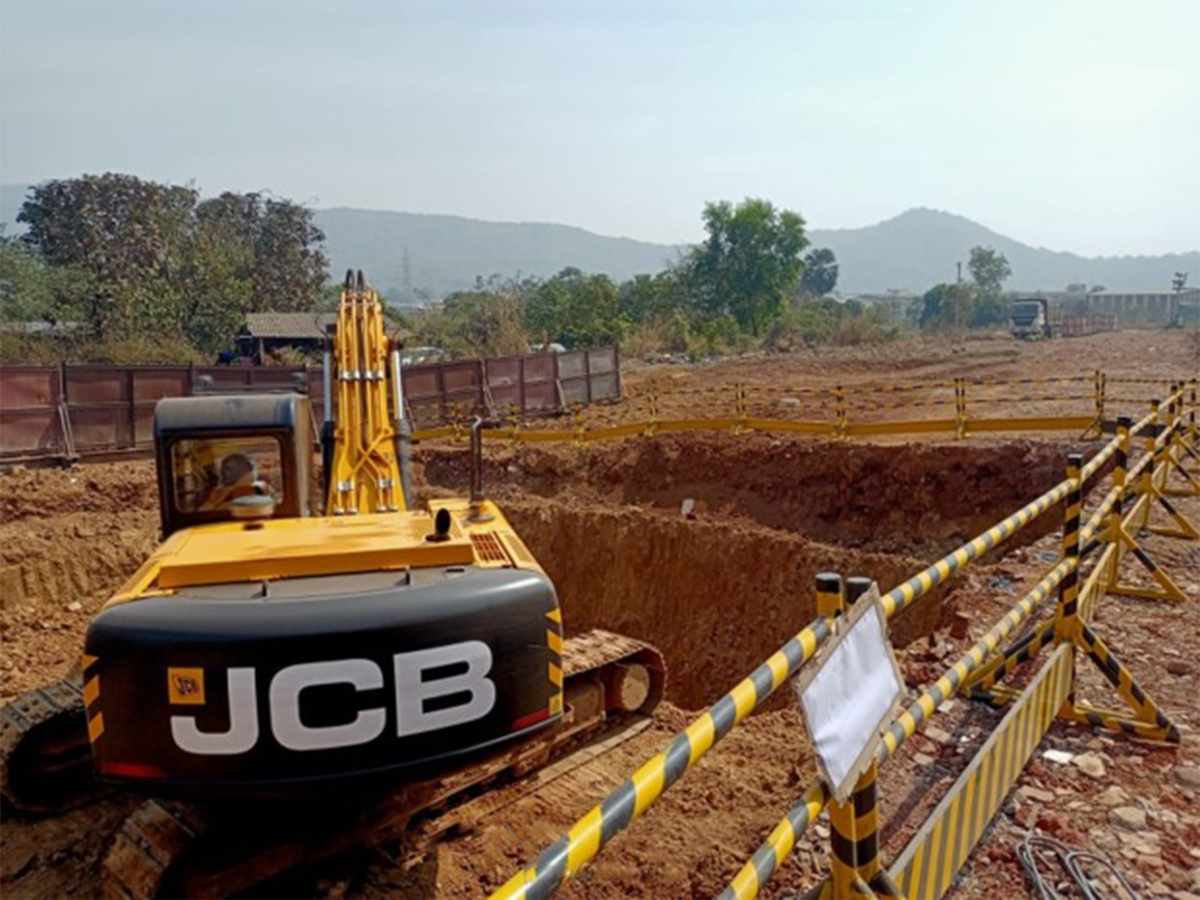Updates of Bullet Train construction from Shilphata to Valsad district in Maharashtra

New Delhi: Physical construction activity has begun in an elevated part of the bullet train corridor in Maharashtra. This section comprises a of total 135 km from Shilphata (near Mumbai) to Zaroli village on the Maharashtra-Gujarat border. This section is among the most complicated elevated parts of the project comprising 6 mountain tunnels, 36 (nos.) crossings including 11 steel bridges, and river bridges on major river bridges like Ulhas, Vaitarna, and Jagani rivers. The longest river bridge (2.32 km) of the bullet train project is in this section of the Vaitarna River.
The total length of construction is 135 km (Between Shilphata & Zaroli village on Maharashtra -Gujarat Borde ). While the special crossings on roads, Railway & DFC accounted for 11 steel bridges totaling around 2 km.
Join PSU Connect on WhatsApp now for quick updates! Click here
 Read Also : Cuddalore Will Soon Have One of the Biggest Libraries in Tamil Nadu Says Collector at Neyveli Book Fair
Read Also : Cuddalore Will Soon Have One of the Biggest Libraries in Tamil Nadu Says Collector at Neyveli Book Fair
The river Bridges like Ulhas River, Vaitarna & Jagani which are termed as the longest bridge (2.32 km) of the MAHSR project will be on the Vaitarna River totaling 3.22 km. The contract was signed on 19th July 2023.
This section also includes 3 bullet train stations in Thane, Virar & Boisar. All three stations come under the Mumbai Metropolitan Region (MMR) and are considered suburbs of Mumbai. Thousands of people commute daily between these stations every day through various modes of transport like local trains, Cars, city buses, etc.
Read Also : Bank of Baroda issues advisor amid All India Strike on 9th JulyThe authority has confirmed the 100% land acquisition. Meanwhile, the cleaning and grubbing are in progress with around 78 km completed and the geotechnical investigation is under progress where above 50% is completed. The open foundation is constructed at 19 locations and is in progress at 42 locations.
Read Also : JSW Infra’s shares surges after receiving construction order from Syama Prasad Mookerjee Port